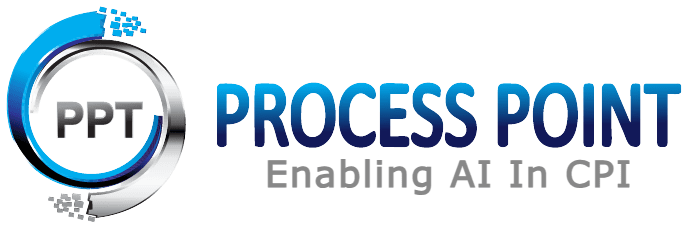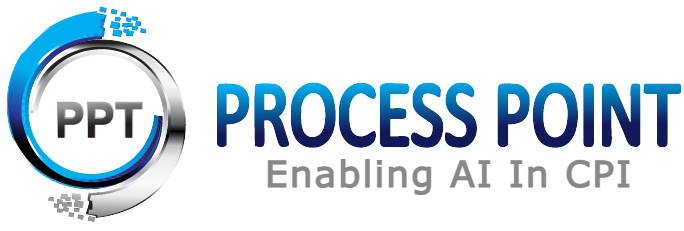Optimizing Phosphoric Acid Manufacturing
Client Profile
A leading multinational fertilizer company faced significant challenges in their phosphoric acid manufacturing process.
The Challenge
- Facility stuck in upsetting cycle of reactor due to gypsum cluster formation
- Increased filtrate strength creating a cyclic effect as weak acid recirculated to reactor
- Need to optimize the filtration process
- Goal to run at maximum feed rates and reach optimum yield while maximizing operating equipment effectiveness
Process Point's Solution: Data-Driven Intelligence
Data Collection and Analysis
Initial data pull: ~13 million data points
Data cleaning and feature generation: Based on chemical principles and SME feedback
Anomaly detection: Removed anomalous data, resulting in ~2000 features generated
Data cleaning and feature generation: Based on chemical principles and SME feedback
Anomaly detection: Removed anomalous data, resulting in ~2000 features generated
Advanced Modeling and Machine Learning
XGBoost: Utilized for identifying important attributes
K-Means clustering: Chosen to identify various operating modes
Support Vector Machines (SVMs): Used to smooth out clusters and find optimal operating points
K-Means clustering: Chosen to identify various operating modes
Support Vector Machines (SVMs): Used to smooth out clusters and find optimal operating points
Real-Time Monitoring and Optimization
Soft sensor development: Informs operators how close the system is to the inflection point of feed vs filtrate based on current conditions
Set point and cluster confidence metrics: Developed for real-time monitoring
Recommendations: Provided to operators when cluster confidence is above set threshold
Set point and cluster confidence metrics: Developed for real-time monitoring
Recommendations: Provided to operators when cluster confidence is above set threshold
Our Proven Results
Conclusion
ProcessPoint’s data-driven approach successfully optimized the client’s phosphoric acid manufacturing process, demonstrating the power of advanced analytics in solving complex industrial challenges. By addressing gypsum cluster formation and cyclic effects, the solution significantly improved efficiency, yield, and equipment effectiveness. This case study exemplifies how data-driven strategies can transform traditional manufacturing processes, setting a new standard for industrial optimization in the era of Industry 4.0.





